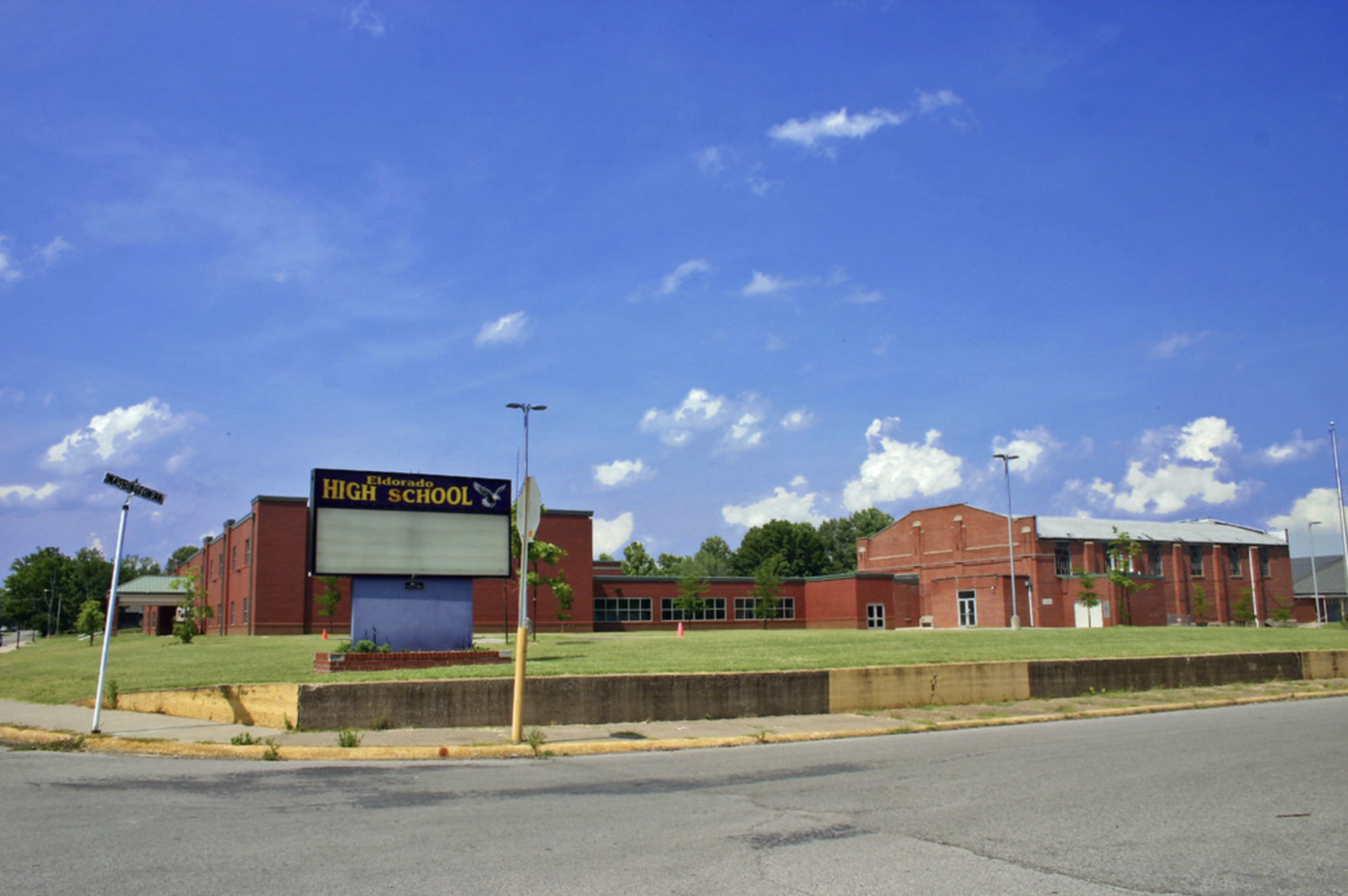In rural America, life can be summed up by roads that stretch to infinity in peaceful silence. These roads, however, rarely seem to take rural Americans down the path toward higher education. Those living in such areas are relatively unlikely to attain a bachelor’s degree, with only 19% of adults 25 and older in these areas earning one — compared to the 35% of urban Americans in the same age range who do.
America prides itself on the idea of equal opportunity, but when we look at the statistics, it seems that this is not the case — especially in our school systems. The disparities are clear: when we compare the resources of rural and urban students, we see the gaps. Outdated and underfunded transportation and technology infrastructures limit rural students’ ability to both access each other and connect with the broader world. Low levels of college readiness and knowledge of the financial aid system make escape an unlikelihood, even for those who seek it. While these problems are not isolated to rural areas, it is an unfortunate reality that urban students are far more prepared for the rigorous environments of higher education than rural students — thus leading to an increasing achievement gap.
One of the largest contributions to the education gap is the lack of resources that rural students have at their fingertips, and the cause can be accredited to their isolation. According to the National Center for Education Statistics, rural areas can be classified into three subgroups: rural-fringe, rural-distant, and rural-remote. Rural-fringe communities are less than or equal to five miles from an urbanized area. To be identified as a rural-distant community, districts must be 25 miles or less from an urbanized area — which can be nearly a 30 minute drive. Finally, rural-remote communities are categorized as communities that sit 25 miles or more away from an urbanized district.
If students in these rural districts wish to pursue extra academic opportunities not offered by their high schools, most would need to travel to their nearest urban center for programs like academic support, SAT or ACT prep, and other helpful courses. These urban centers can be a significant drive away for students, making it inherently more difficult for them to pursue additional learning programs. For my peers and I in rural Illinois, the nearest standardized test prep center sat in a town nearly 45 minutes away. This made it difficult to travel back and forth, and even then, our ability to go to these courses consistently was limited. As students, our schedules were filled with either work or extracurricular activities, so traveling constantly for extra support classes became extremely difficult. While virtual learning and online classes have grown in popularity since the COVID-19 pandemic, roughly 58% of rural Americans say that access to high speed internet is a problem in their area, compared to the mere 36% of urban Americans that say the same, further dividing rural Americans from their urban counterparts.
Rural schools are doing their best to provide resources for their students. Over the past 15 years, access to advanced placement courses has increased for rural students. While this is a step in the right direction, it is a step too small to effectively bridge the divides between urban and rural students anytime soon. Compounding this issue is rural schools’ challenges attracting and retaining teachers. America is no stranger to teacher shortages, and as this problem worsens, rural school districts, which often pay lower wages and have poorer working conditions, are suffering. This is yet another crucial factor that makes it harder for a student in a small, rural town to envision a path to college than it is for their friend in the city.
On top of the issues of access to programs and professionals, low access to information also stymies the hopes of rural students to go to college. Rural schools are less likely to be informed about the college application process, including the Free Application for Federal Student Aid, and financial aid intricacies, leading to uncertainty and miseducation on the process. FAFSA is often used as a predictor of how many students plan on applying and attending college. In 2020, the number of rural students filling out FAFSA decreased to an alarming 18%. Why? The lack of information regarding financial aid and college, in part, can be blamed.
When comparing by income, we see that rural communities hold a higher poverty rate than their urban counterparts, exacerbating the already-noticeable gap between the two sects. Faced with the rising price tags attached to higher education, information about financial aid and scholarships is crucial in successfully getting students to college. While increasing higher education prices is a nationwide problem, rural students are more likely to step away from the option, likely in part due to the lack of information in schools. Although financing for college exists, the lack of information that is provided is a serious factor in the small percentage of rural students attending a bachelor’s program.
For rural students, access to higher education may seem out of reach. An alarming lack of access to basic necessities like transportation and internet, as well as a noticeable deficit in information, poses a significant barrier between rural high schoolers and college. But the issue is not a lost cause. Colleges are taking notice of the inequalities that rural students face and are working to help minimize the barriers that rural students face by providing more resources and information. Programs such as the Small Town and Rural Students network and the UChicago Emerging Rural Leaders programs can be instrumental in bridging some of the disparities that we see and definitively progress in the fight for educational equality in this country. While this may not be enough to fully close the gap, this is enough for a start.



